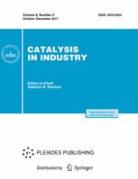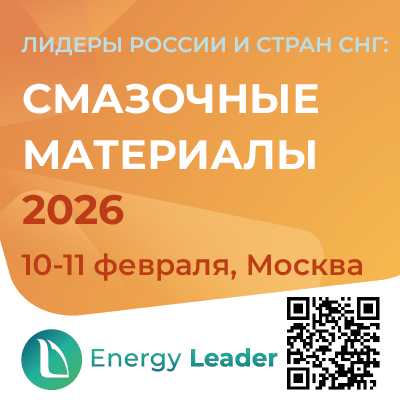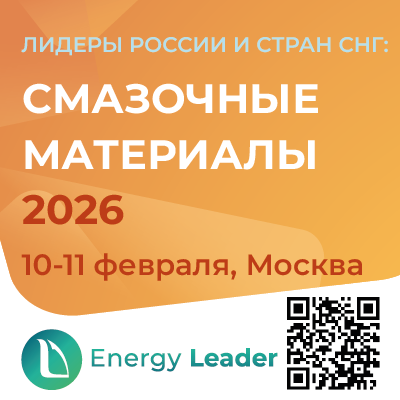Processing of organochlorine waste components on massive metal catalysts
Abstract
The method of decomposition of organochlorine waste catalysts, which are a massive metallic nickel (99,99 %) and its alloys with chromium (nichrome: Ni – 80 %, Cr – 20 % and Chromel: Ni – 90 %, Cr – 10 %) is offered. The decomposition process is accompanied by the formation of useful waste product - carbon nanofibers (CNF), «feathery» morphology. Feature of the process of catalytic decomposition of 1,2-dich oroethane on massive nickel catalysts is a long induction period (~ 3 h), during which the spontaneous activation of the alloy surface. A preliminary activation of the catalyst acid or sequential treatment in oxidizing and reducing atmosphere reduces the induction period on the order. Surface condition before and after activation studied by SEM, TEM, EDS. The activity of catalysts in the decomposition 1,2-dichloroethane at temperatures 550–700 °C is determined. The greatest activity (yield 400 of CNFs g/g catalyst) showed nichrome N80H20; yield CNFs on catalysts prepared by coprecipitation method and mechanochemical activation was several times lower. The novelty of this approach is to combine the process of disposal of organochlorine wastes to produce useful products (CNF). The use of solid metal catalysts promising, because the technology makes it easy to prepare, and the absence of a catalyst support makes it easy to clean impurities from the fragments of CNF catalyst.
About the Authors
Yu. I. BaumanRussian Federation
I. V. Mishakov
Russian Federation
A. A. Vedyagin
Russian Federation
S. V. Dmitriev
Russian Federation
M. S. Melgunov
Russian Federation
R. A. Buyanov
Russian Federation
References
1. Воронков М.Г., Татарова Л.А., Трофимова К.С., Верхозина Е.И., Халиуллин А.К. // Химия в интересах устойчивого развития. 2001. № 9. С. 393.
2. Карташов Л.М., Коблов А.А., Ткач Д.В. // Вестник МИТХТ. 2007. № 6. Т. 2. С. 35.
3. Методы обезвреживания хлорорганических соединений. Аннотированный указатель. Гос. научный центр «Институт катализа СО РАН». Новосибирск. 1996.
4. Карташов Л.М., Трегер Ю.А., Флид М.Р., Коблов Л.А., Калюжная Т.А. // Катализ в промышленности. 2009. № 3. С. 23.
5. Карташов Л.М., Розанов В.Н., Трегер Ю.А., Флид М.Р., Калюжная Т.А., Ткач Д.В. // Катализ в промышленности. 2010. № 3. С. 36.
6. Чесноков В.В., Буянов Р.А. // Успехи химии. 2000. № 7. С. 675.
7. Буянов Р.А., Чесноков В.В. // Катализ в промышленности. 2006. № 2. С.3.
8. Мишаков И.В., Чесноков В.В., Буянов Р.А. // Докл. Акад. наук. 2002. Т. 386(1). С. 33.
9. Мишаков И.В., Буянов Р.А., Зайковский В.И., Стрельцов И.А., Ведягин А.А. // Кинетика и катализ. 2008.
10. Т. 49. № 6. С. 916.
11. Буянов Р.А., Чесноков В.В. // Химия в интересах устойчивого развития. 1995. Т. 3. С. 177.
12. Мишаков И.В., Чесноков В.В., Буянов Р.А., Пахомов Н.А. // Кинетика и катализ. 2001. Т. 42. № 4. С. 598.
13. Бауман Ю.И., Мишаков И.В., Буянов Р.А., Ведягин А.А., Володин А.М. // Кинетика и катализ. 2011. Т. 52. № 4. С. 557.
Review
For citations:
Bauman Yu.I., Mishakov I.V., Vedyagin A.A., Dmitriev S.V., Melgunov M.S., Buyanov R.A. Processing of organochlorine waste components on massive metal catalysts. Kataliz v promyshlennosti. 2012;(2):18-24. (In Russ.)




























